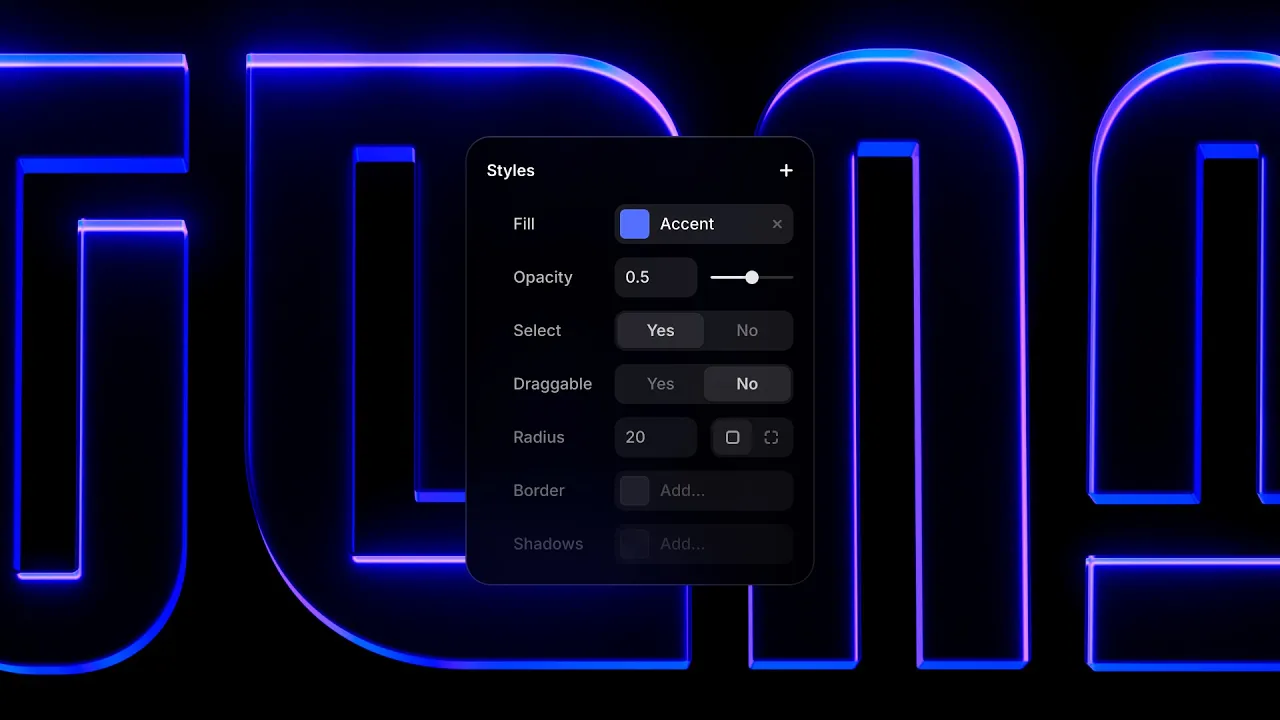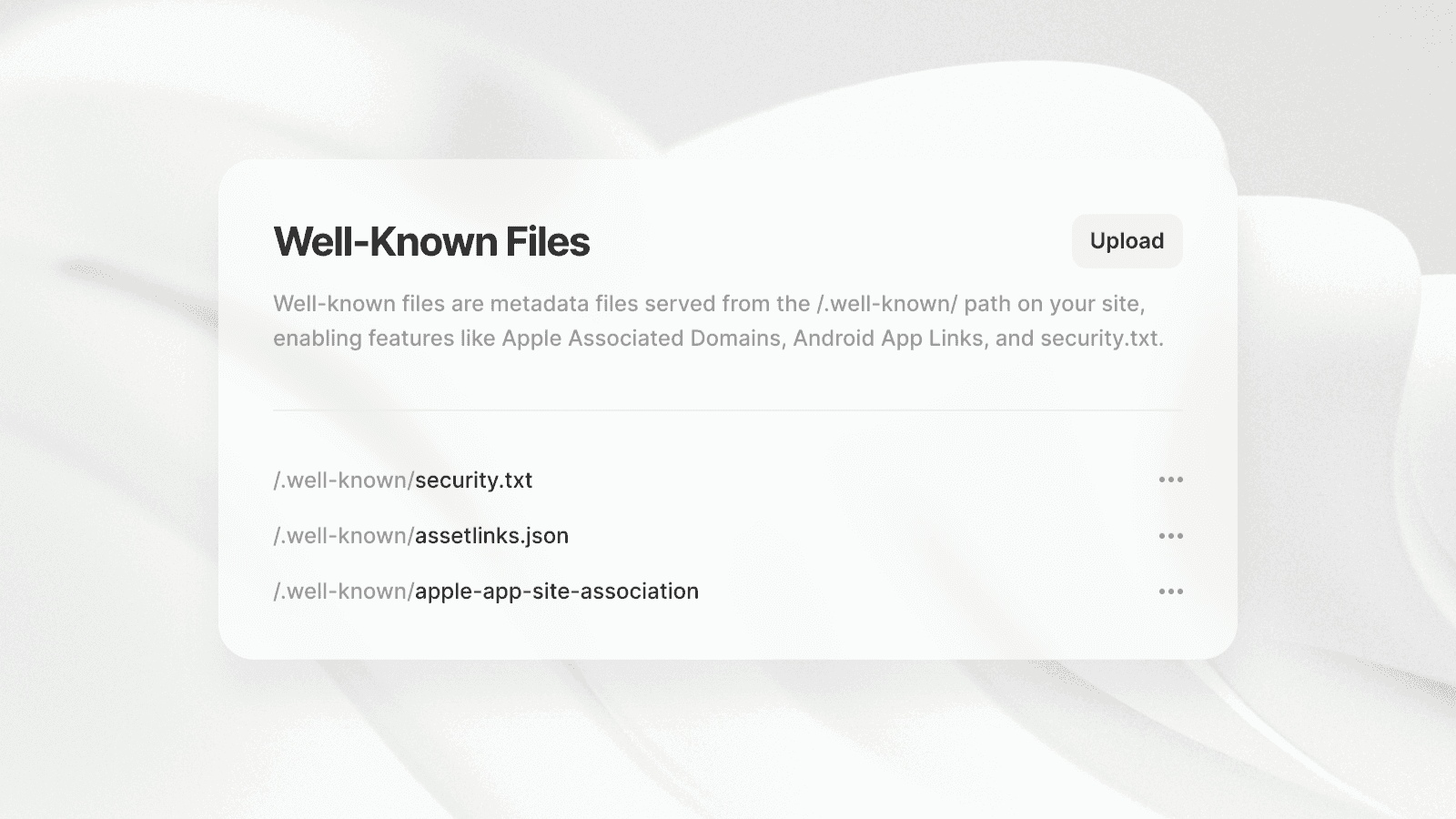Written by
Aalay Rasool
Founder & CEO
Breaking Down Big Projects: A Guide to Managing Workload
October 30, 2024
Tackling large projects can feel overwhelming, but breaking them down into manageable parts can make the process smoother and more efficient. This guide covers effective strategies to help manage workloads, prioritize tasks, and track progress—ensuring your project flows seamlessly from start to finish.
Start with Clear Goals and Objectives
Defining clear goals is essential before diving into a big project. Establishing what you aim to achieve provides direction and motivation. Begin by outlining the project's main objective, then break it down into smaller, actionable goals. Clear goals give structure to the project and help identify priorities, making it easier to map out a logical approach.
Having well-defined objectives will also support team alignment, ensuring everyone understands their role in the bigger picture and can work efficiently towards shared outcomes.
Divide and Prioritize Tasks
Once goals are set, divide the project into smaller tasks or milestones. Consider the scope and dependencies of each task, and rank them by priority or deadlines. Organizing tasks in this way provides a clear sequence, making it easier to focus on one part at a time without feeling overwhelmed by the larger project.
For productivity, use project management tools to assign tasks, set deadlines, and track milestones. This helps keep everything in one place and simplifies progress monitoring for both individuals and teams.
Set Milestones and Track Progress
Breaking down a project also means establishing checkpoints or milestones to track your progress. Milestones are smaller deadlines within the larger project that help maintain momentum and offer opportunities for evaluation. Regularly checking off milestones provides a sense of accomplishment and motivation to keep moving forward.
Use tools like Gantt charts or kanban boards to visually map out progress and maintain an overview of task dependencies and timelines.
Delegate and Collaborate Efficiently
For larger projects, effective delegation and collaboration are key. Assign tasks based on team strengths and expertise, ensuring each person is clear on their responsibilities. Establishing open communication channels also helps address potential roadblocks quickly and keeps everyone aligned.
Collaboration tools, such as shared workspaces and messaging platforms, enable seamless teamwork and make it easy for everyone to stay updated on the project's progress.
Conclusion
Managing big projects becomes much more feasible by breaking them into smaller tasks, setting clear milestones, and fostering collaboration. Following these steps can alleviate the stress of large workloads, keep your project organized, and lead to a more efficient and enjoyable project experience.






